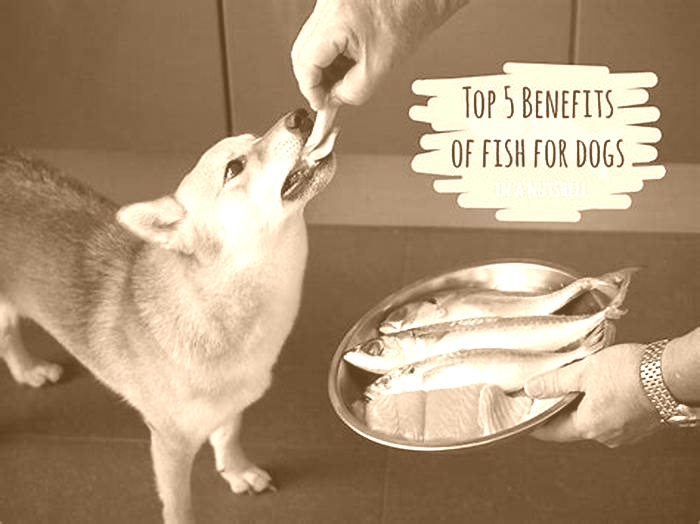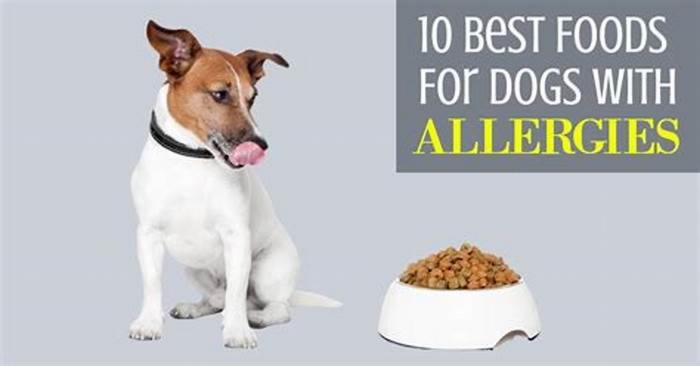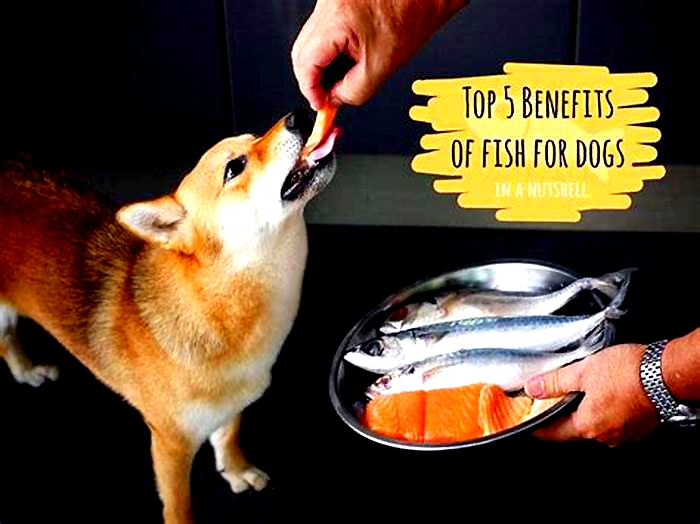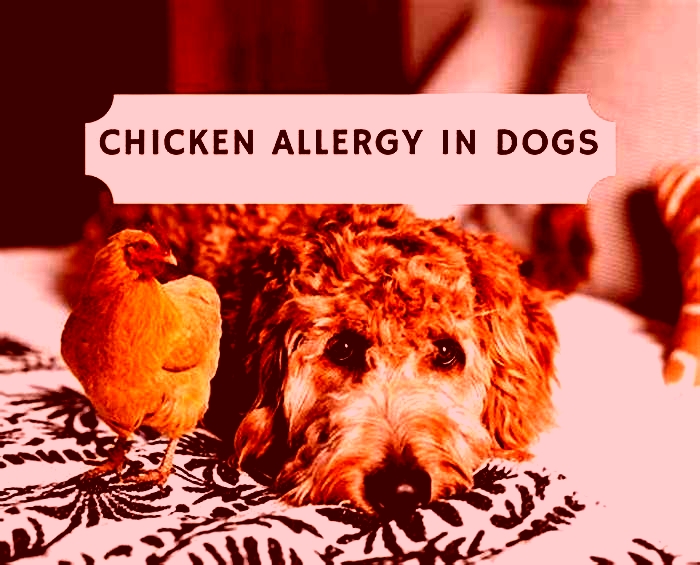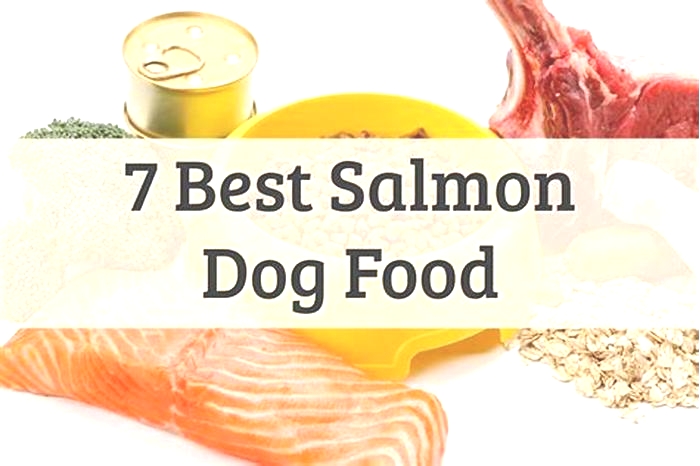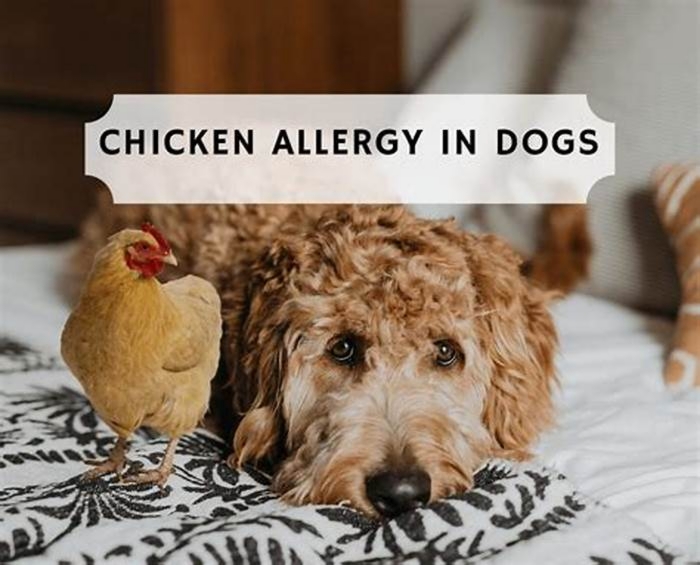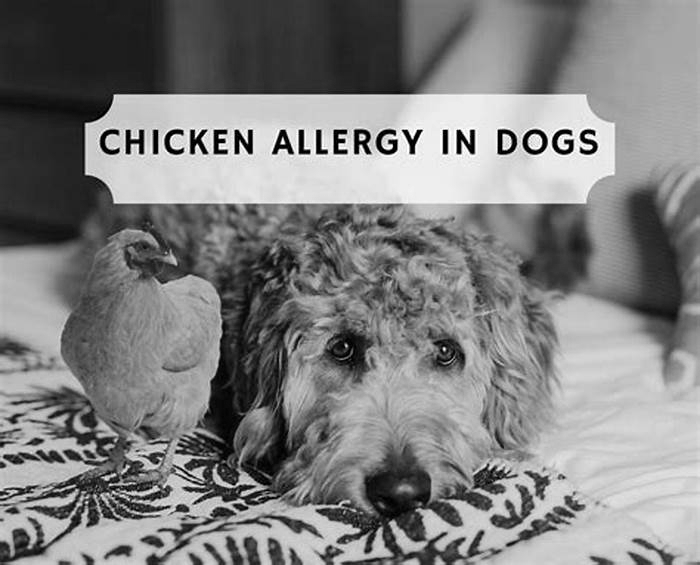Is chicken or fish better for dogs
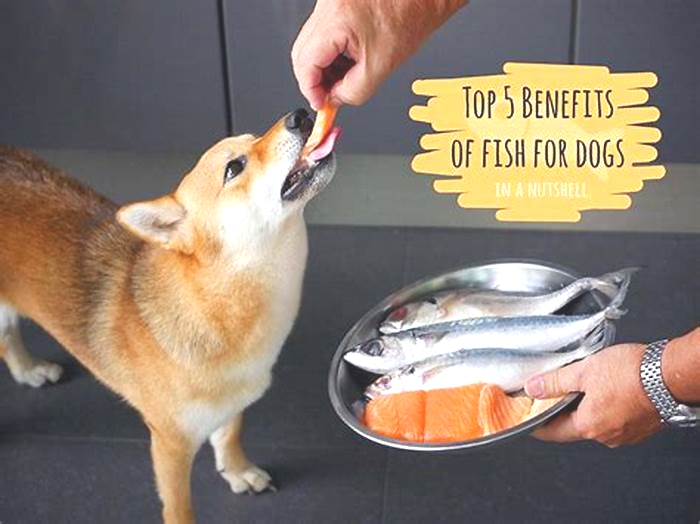
Your Cart (0)
Most dog owners are well aware that dog food contains a protein source. In fact, many commercially made kibble foods actually list the protein source as one of the main selling points of the food. "Chicken recipe" or "beef recipe" are words found on many bags and cans of dog food.
But what type of meat is healthy for your dog? How can you choose a quality dog food with the right nutritional balance and a healthy source of protein? This guide will look at the best meats to include in your dogs diet so that you can select your dogs food carefully.
Why Dog Owners Should Consider Beef
Commercial dog food often uses beef as its protein source, and pet owners who make their own dog food often choose it as well. Most dogs like how it tastes, and it has plenty of nutritional value. When preparing food for dogs, the cut doesn't matter much cheap cuts of beef contain similar nutritional qualities as more expensive cuts, and dogs dont care if the steak in their dog food is particularly tender or not.
Ground beef can be a particularly tasty addition to commercial dog food to add taste and give your dog a boost of healthy fats and nutrients. Let's take a look at some of the pros and cons of including this popular protein source in your dog's diet.
Pros of Feeding Your Dog Beef
- It's an excellent protein source that helps build muscle.
- It helps your dog's diet meet essential nutrient requirements, including vitamins, minerals, omega-3, omega-6, and amino acids.
- It's rich in B vitamins, including B12.
- It contains high amounts of iron and zinc.
Cons of Feeding your Dog Beef
- Some cuts are rich in saturated fat.
- It has the highest risk for food allergies among proteins for dogs.
- Some cuts of beef can be too high in calories for overweight dogs.
The Honest Kitchen Beef Recommendations
If you are looking for high-quality dog food that contains beef, check out these popular options from The Honest Kitchen:
Why Dog Owners Should Consider Chicken
Chicken is an affordable, lean meat for pet owners to add to their dogs diet. Its readily available, easy to feed, and has many nutrients. This combination of affordability and nutrient density makes it a popular choice for pet owners, and dogs love the taste, so many dog food formulas include it.
Pros of Feeding Your Dog Chicken
- Chicken is a leaner option than red meat for overweight dogs.
- It's a great source of cysteine methionine, an important amino acid for a healthy coat.
- It's easy on the stomach, so it's a great food to offer your pet after a gastrointestinal illness.
Cons of Feeding Your Dog Chicken
- There is an extremely high risk of salmonella if fed raw, so never use raw chicken. The CDC estimates that one in every 25 packages of raw chicken contain salmonella, so its important to cook it to at least 165 degrees fahrenheit to kill all bacteria.
- It's the number three protein allergen for dogs.
- Cooked bones can splinter and cause a choking hazard, so never feed dogs chicken bones.
The Honest Kitchen Chicken Recommendations
The Honest Kitchen has several chicken-based recipes made from human grade chicken combined with healthy grains, fruits, and veggies. Here are a couple of our top choices:
Why Dog Owners Should Consider Fish
Most people know the benefits of adding fish to human diets, but these health benefits translate to dogs, too! Fish oils are rich in omega-3 fatty acids that dogs need for healthy skin and fur, and feeding fish to your dog can help them maintain good coat quality and health without the need for additional vitamins.
Pros of Feeding Your Dog Fish
- Fish is great for pets with food allergies as it's generally hypoallergenic.
- It's ideal for dogs with gastrointestinal sensitivities as it's easy on the stomach.
- Fish contains high levels of omega-3 fatty acids.
Cons of Feeding your Dog Fish
- Some fish, like swordfish, tuna, and salmon, contain high levels of mercury, so opt for white fish like cod or pollock instead. If you do choose to feed salmon or another high-mercury fish, it's best to limit it to fewer than three times a week to avoid mercury toxicity.
- Some fish contain tiny bones that can splinter and cause a choking hazard.
The Honest Kitchen Fish Recommendations
To take advantage of some of the benefits that fish can offer your pet, consider these top choices from The Honest Kitchen:
Why Dog Owners Should Consider Duck
It may sound like an indulgent option for feeding your dog, but duck can offer a number of health benefits. Due to its high fat content, dogs find it delicious. However, despite the fat content, duck can be a nutritionally dense contribution to a balanced diet (as long as you keep the fat content in mind). Many pets who have allergies to common proteins choose duck as their primary protein.
Pros of Feeding Your Dog Duck
- This novel protein is rich in iron.
- It's also a good source of B vitamins.
- In traditional Chinese medicine, duck is considered a yin or cooling protein, which can counter yon proteins to balance the diet.
Cons of Feeding Your Dog Duck
- Duck can be hard to find in most U.S. grocery stores.
- It's expensive, making it difficult for some pet owners to afford.
- The high fat content can be hard on overweight dogs, and on dogs prone to pancreatitis.
The Honest Kitchen Duck Recommendations
The Honest Kitchen offers several duck recipes, including pate, treats, and dog food. Check out our entire line of human grade dog foods featuring duck as a high-quality protein source, or give one of these delicious recipes a try:
Why Dog Owners Should Consider Turkey
Turkey is another poultry option to consider adding to your dogs diet. Like chicken, it's affordable, and you can stock up and freeze turkey around the holiday season for a very low price. It has several benefits and nutrients that are valuable to a dogs diet.
Pros of Feeding Your Dog Turkey
- Much like duck, turkey is a yin, or cooling protein, according to Chinese medicine.
- Turkey contains high levels of taurine, which promotes healthy skin and fur.
- It's an affordable and accessible poultry option.
Cons of Feeding Your Dog Turkey
- Turkey is harder to prepare than chicken.
- Turkey can carry salmonella, which puts your dog and you at risk for foodborne illness. Be sure to never feed raw turkey.
- It's usually slightly more expensive than chicken.
The Honest Kitchen Turkey Recommendations
When considering turkey as a part of your dogs diet, check out The Honest Kitchens turkey recipes, including dog food and treats:
Why Dog Owners Should Consider Lamb
If you want to give your dog something a little more exotic, then consider lamb especially if theyre prone to other protein allergies. This nutrient-rich protein may be pricier than other options, but it packs a significant nutritional punch. Because of the cost, consider it to supplement your dog's diet or as a treat rather than your dogs primary protein source.
Pros of Feeding Your Dog Lamb
- Lamb is rich in omega-3 fatty acids.
- It contains high levels of iron and amino acids.
- Lamb is a fairly hypoallergenic protein source, though some dogs will still have allergies to it. Always monitor your pet for allergic reactions after offering them a new type of food, and be sure to contact your vet right away if you notice any symptoms.
Cons of Feeding Your Dog Lamb
- Lamb is pretty expensive by most people's standards much costlier than alternative protein sources.
- Lamb is high in fat, which can be problematic for overweight dogs.
- Chinese medicine considers this a hot protein, or yon protein.
The Honest Kitchen Lamb Recommendations
As you consider ways to supplement your dogs diet with lamb, consider these tasty options available from The Honest Kitchen:
How Much Meat Does Your Dog Need?
Many pet owners mistakenly think that dogs are obligate carnivores, but dogs are omnivores and need meat and produce in their diets. The digestive system of the modern dog requires a complex combination of vitamins and nutrients from protein, fruits, and vegetables. That said, dogs are still considered to need high protein diets, so vegetarian diets should be out of the question for dogs. But how much meat is necessary?
Ideally, a dogs diet should be between 22% to 25% protein, according to the AAFCO recommendations, with no less than 18% and no more than 30% of the daily food coming from meat. Vets often recommend that dogs with kidney disease should actually consume less than this. If you increase protein intake above 30%, your dog might suffer from serious health issues.
Even within these recommendations, consider a rotational plan for your dog's diet. Rotating and varying the different proteins will allow your pet to get all of the benefits of each type.
A Note on Feeding Your Dog Actual Raw Meat (and Why Its Dangerous)
Raw food diets can feel like a trendy and healthy option for pet owners, but in reality, raw meat is not a good choice for your dog. Yes, in the wild, dogs will kill and eat raw prey, but raw meat purchased from the grocery store is dangerous for domesticated pets.
There are two reasons for this. First, dogs today are genetically different from their ancestors and wolves, who consume live prey. Second, the raw meat you buy in the store is not fresh, and thus is at higher risk for carrying deadly diseases.
Specifically, the CDC warns that raw pet foods can carry dangerous bacteria like salmonella and listeria. These can create potentially deadly infections. Not only do they put your dog at risk, but they can live in the dog's mouth and on their fur, too. This means you would be at risk if you play with your dog after they consume raw meat contaminated with these pathogens. For this reason, you should cook any type of meat you feed your dog.
Try The Honest Kitchens High-Quality, Protein-Packed Meals Today
Protein is an important part of a balanced diet for dogs, and the quality of protein is important, too. Too many commercial dog foods use low-quality food from diseased or dead animals, which can put your dogs health at risk.
With The Honest Kitchen, you get human grade food for your dog that you can trust to deliver quality nutrients with every bite, and
our many varieties please even the pickiest eaters. Each recipe is carefully balanced for the needs of puppies or adult dogs, ensuring the right balance of protein and vegetables. As your dog ages, its especially important to keep good nutrition in mind, and The Honest Kitchen offers delicious recipes to satisfy any senior pup!
Shop our collection of senior dog food recipes todayto start incorporating these meats into your dogs well-rounded meal rotation.
Can Dogs Eat Fish?
If youve ever taken a glimpse at the ingredient panel of your dogs food or examined other brands of dog food in the store, then you know that fish is frequently on the menu. Just because it is an ingredient in dog food, however, does not mean that dogs can safely eat just any old fish we throw their way. If you want to add a fishy treat to your dogs diet, here is what you need to know.
Benefits of Fish for Dogs
Dogs love the smell of fish, and in this case, there is a reason. Fish is a healthy source of protein and is often included in commercial dog food as an alternative protein source. Fish is rich in omega-3 fatty acids, which according to veterinarians may have health benefits such as decreasing inflammation. Fish is also a good alternative for dogs with food allergies to more common ingredients, like chicken.
Fish can be an important part of a home-cooked diet, but if you choose to feed a homemade diet with fish, be sure to consult your veterinarian or a board-certified veterinary nutritionist to make sure you are meeting all of your dogs nutritional needs. The first time you give your dog any fish, give only a small portion until you determine if your dog can tolerate that particular fish without an allergic reaction or gastro-intestinal upset.
Best Types of Fish for Dogs
There are many fish in the sea, but the most common types of fish used in commercial dog food are shorter-lived species like salmon, ocean whitefish, lake whitefish, herring, walleye, flounder, and Arctic char. Longer-lived fish species, like tuna and swordfish on the other hand, can contain heavy metals like mercury. Mercury builds up over time in the fishs system and can lead to heavy metal toxicity, which is why feeding a shorter-lived fish species is preferable to tuna or swordfish. With so many fish to choose from, it is better to be safe than sorry.
Risks of Feeding Fish to Dogs
Fish itself is not harmful to dogs, but the way we prepare it can cause problems. Fish cooked in too much oil can cause GI upset in dogs, or even lead to serious illness such as pancreatitis. Seasonings may also cause serious health problems for dogs, especially if they contain toxic ingredients, like garlic. The biggest risk of feeding fish to dogs, however, is bones.
Can dogs eat fish bones?
Fish bones are small, brittle, and dangerous. They can lodge themselves in your dogs mouth, throat, stomach, and intestines, sometimes even perforating the organ wall. Not only is this painful, it can also result in an expensive visit to the veterinarian. While there are plenty of anecdotal stories about dogs eating fish bones without issues, in this instance, it is better to heed the advice of veterinarians and play it safe.
Can dogs eat raw fish?
Raw fish is at risk of carrying harmful bacteria like salmonella and listeria. This is problematic for two reasons. One, it can make your dog sick, and two, according to the FDA, it can also make you and other members of your family ill. This is especially worrisome for small children, who may come into more contact with your dogs saliva than adults, and for people with compromised immune systems. If you choose to feed a raw diet with fish, make sure you take the appropriate precautions suggested by the FDA for preparing your dogs meals, like thoroughly disinfecting all surfaces and bowls after use, and washing your hands.
How much fish is too much for dogs?
Too much of a good thing can become a problem. Plain, cooked, steamed, or grilled fish is fine for dogs to eat in moderation. Too much fish can lead to obesity, so consult your veterinarian about appropriate serving sizes of fish for your dog, especially if you plan to feed fish as a regular part of her diet.
As humans with varied diets, we tend to forget that dogs that are fed a commercial, complete, and balanced dog food do not need additional nutrition unless recommended by a veterinarian. Table scraps, including fish, are not necessary for your dogs health, but fish can make a good occasional treat for dogs, as long as owners keep an eye on their dogs weight. A general rule of thumb to follow for portion control is to make sure treats only make up 10 percent of your dogs daily diet.
So Can Dogs Eat Fish?
To make a long story short, yes, dogs can eat fish, and fish can be a part of a healthy diet for your dog, provided it is fully cooked without any additional oils and seasonings, does not contain any bones, and is not a species prone to high levels of mercury such as tuna. For more information about dog nutrition or feeding fish to your dog, contact your veterinarian.
For more information on what you should feed your dog, please check out our video below!


